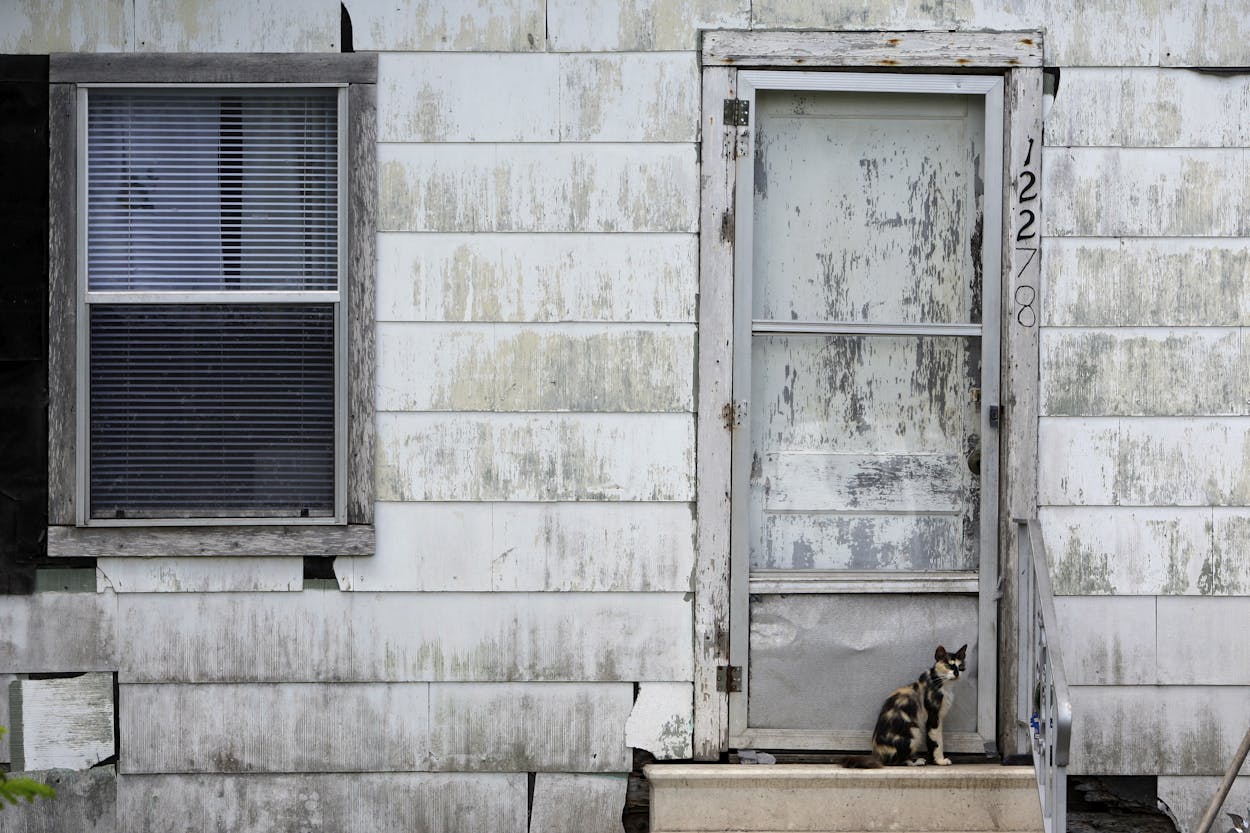Last month, Harlingen topped a Cost of Living survey, earning it the title of “America’s Least Expensive City. And neighboring McAllen came in third.
Now, the inevitable flip side to such data. The two Rio Grande Valley metropolitan areas have finished no. 1(McAllen-Edinburg-Mission) and 2 (Brownsville-Harlingen) on a list of “America’s Poorest Cities” (or, if you prefer, 365th and 366th on a list of “America’s Richest Cities”) by the website 24-7 Wall Street.
Writers Michael B. Sauter, Alexander E.M. Hess and Sam Weigley made their determinations using data on income, poverty rate, median home price, and health insurance from the U.S. Census Bureau’s 2011 American Community Survey (ACS), as well as unemployment numbers.
The biggest indicator of prosperity is not how much employment any given city has, but what kind of jobs. Richer cities have a lot of high-tech, finance and information workers, while lower-income metro areas tend have lots of low-tech manufacturing, agriculture, retail, food service, and hospitality positions.
“Nationwide, 10.7 percent of workers are employed in professional, scientific, and management positions,” the trio wrote, while a town like Boulder, Colorado (no. 9 on the “Richest Cities” list) employs 21.9 percent of its workers in that sector.
Similarly, “in the U.S. as a whole, 11.6 percent of workers are employed in retail. In the 10 poorest metro areas, eight exceed that number by a wide margin.”
The ten cities on the “poorest” list also included one town each in Tennessee, West Virginia, Louisiana, and Alabama, plus two towns each in Arkansas and Georgia.
Some stats from the specific write-ups of Harlingen and McAllen:
2. Brownsville-Harlingen, Tex. >Median household income: $32,070 >Population: 414,123 (124th highest) >Unemployment rate: 11.8% (36th highest) >Pct. households below poverty line: 34.1% (2nd highest)
About 34% of households lived in poverty, the second-highest percentage of all metro areas, and 10.6% of all households earned less than $10,000 a year. More than a third of residents did not have health insurance in 2011, the third-highest rate in the country.
On a more positive note, median home values in the Brownsville-Harlingen metropolitan area have risen more than 5 percent between 2010 and 2011, a rarity for the majority of the country. They were still the second-lowest prices in the country, however.
1. McAllen-Edinburg-Mission, Tex. >Median household income: $31,077 >Population: 797,810 (68th highest) >Unemployment rate: 12% (34th highest) >Pct. households below poverty line: 37.7% (the highest)
While median income fell by $642 across the U.S. between 2010 and 2011, median income in the McAllen area fell by a whopping $3,653 over the same period. More than 37% of the population did not have health insurance, which was the highest percentage of all metro areas in the U.S.
Home values in the McAllen area were also up—11 percent since 2007, though 29 percent of all homes were worth less than 50,000.
Since the article also says McAllen’s home prices were “second-lowest among all metro areas in the country,” we can only assume the two regions are either tied or lumped together in that category.
McAllen has also been ranked as one of “The Fastest-Growing Cities in America.”







